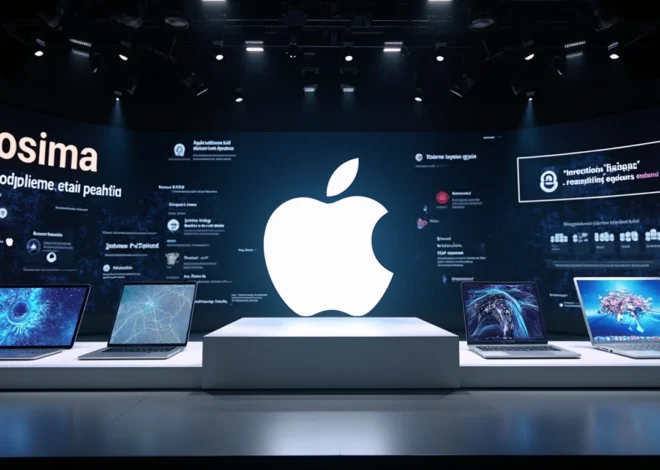
Mastering JSON: A Comprehensive Guide for Modern Web Developers
JSON, or JavaScript Object Notation, is a lightweight data format that has revolutionized data interchange in modern web development. Its simplicity and flexibility make it an essential tool for developers working with APIs, web applications, and various programming languages.
Key takeaways:
- JSON is a human-readable data format using key-value pairs and arrays
- It supports six data types: strings, numbers, booleans, arrays, objects, and null
- JSON can be easily parsed and stringified in JavaScript
- It’s widely used for data storage and transfer in APIs and web applications
- Tools like JSONLint and JSON Server facilitate validation and API creation
Table of Contents
Understanding JSON Structure
JSON’s structure is based on two main concepts: objects and arrays. Objects are enclosed in curly braces {} and contain key-value pairs, while arrays are enclosed in square brackets [] and contain ordered lists of values. This simple yet powerful structure allows for representing complex data hierarchies.
Here’s a basic example of a JSON object:
{
"first_name": "Sammy",
"last_name": "Shark",
"location": "Ocean",
"online": true,
"followers": 987
}
This example demonstrates how JSON can represent different data types, including strings, numbers, and booleans. The key-value format makes it easy to understand and work with the data.
Working with JSON in JavaScript
JavaScript provides built-in functions to work with JSON data. The JSON.parse() function converts a JSON string into a JavaScript object, while JSON.stringify() does the opposite, converting a JavaScript object into a JSON string.
Here’s how you can use these functions:
let userStr = '{"name":"Sammy","email":"sammy@example.com","plan":"Pro"}';
let userObj = JSON.parse(userStr);
console.log(userObj.name); // Output: Sammy
let newUserStr = JSON.stringify(userObj);
console.log(newUserStr); // Output: {"name":"Sammy","email":"sammy@example.com","plan":"Pro"}
These functions are essential when working with APIs or storing data in local storage, as they allow you to easily convert between JSON and JavaScript objects.

JSON in Action: Use Cases and Applications
JSON has become the go-to format for data storage and transfer in various applications. It’s commonly used in:
- RESTful APIs for client-server communication
- Configuration files for applications
- Data storage in NoSQL databases
- Cross-origin resource sharing (CORS) in web browsers
Its versatility allows for easy conversion from other formats like CSV or XML. Tools like Mr. Data Converter and online utilities make this process straightforward, enabling developers to work with data in their preferred format.
Ensuring JSON Quality
When working with JSON, it’s crucial to ensure its validity and readability. Tools like JSONLint can help you validate your JSON and catch any syntax errors. Proper formatting is also essential for readability, especially when dealing with large JSON files.
Here’s an example of well-formatted JSON:
{
"employees": [
{
"id": 1,
"name": "Pankaj",
"salary": "10000"
},
{
"id": 2,
"name": "David",
"salary": "5000"
}
]
}
This formatted structure makes it easy to read and understand the data hierarchy, which is particularly important when debugging or troubleshooting JSON-related issues.
Creating Demo APIs with JSON Server
For developers looking to create quick mock APIs for testing or prototyping, JSON Server is an invaluable tool. It’s a Node module that allows you to create a full fake REST API with zero coding in less than 30 seconds.
To get started with JSON Server, you can use npm to install it globally:
npm install -g json-server
Then, create a JSON file with your data and start the server:
json-server --watch db.json
This will create a full REST API based on your JSON file, allowing you to perform GET, POST, PUT, and DELETE requests on your data.
JSON’s simplicity and flexibility have made it an indispensable tool in modern web development. Whether you’re working with APIs, building web applications, or automating your workflows with tools like Make.com, understanding JSON is crucial. By mastering this format, you’ll be better equipped to handle data interchange in your projects and collaborate effectively with other developers.
Sources:
DigitalOcean – An Introduction to JSON
DigitalOcean – How to Use JSON.parse() and JSON.stringify()
DigitalOcean – How to Transform JSON Data with jq
DigitalOcean – How to Work with JSON in JavaScript
DigitalOcean – JSON Server


